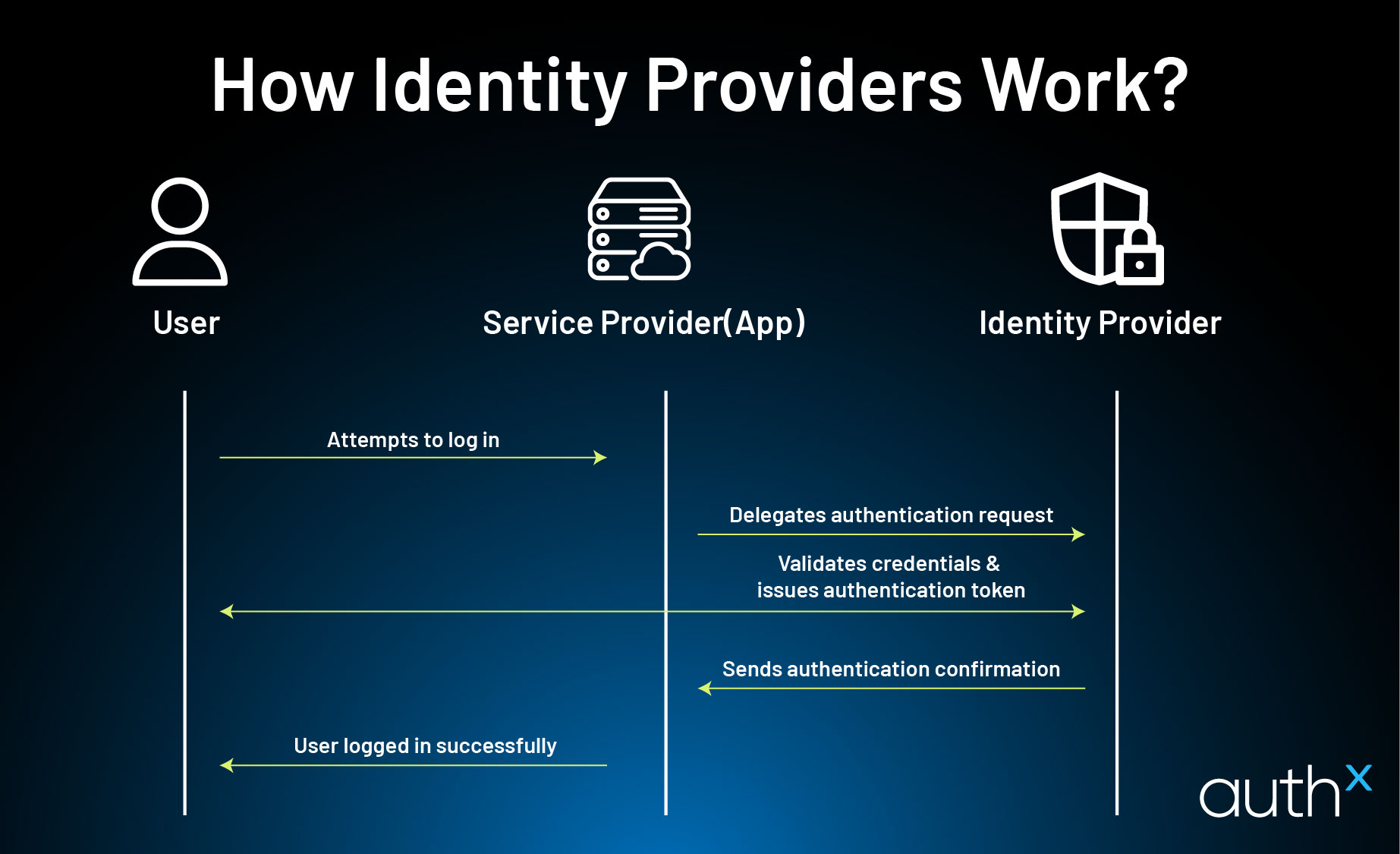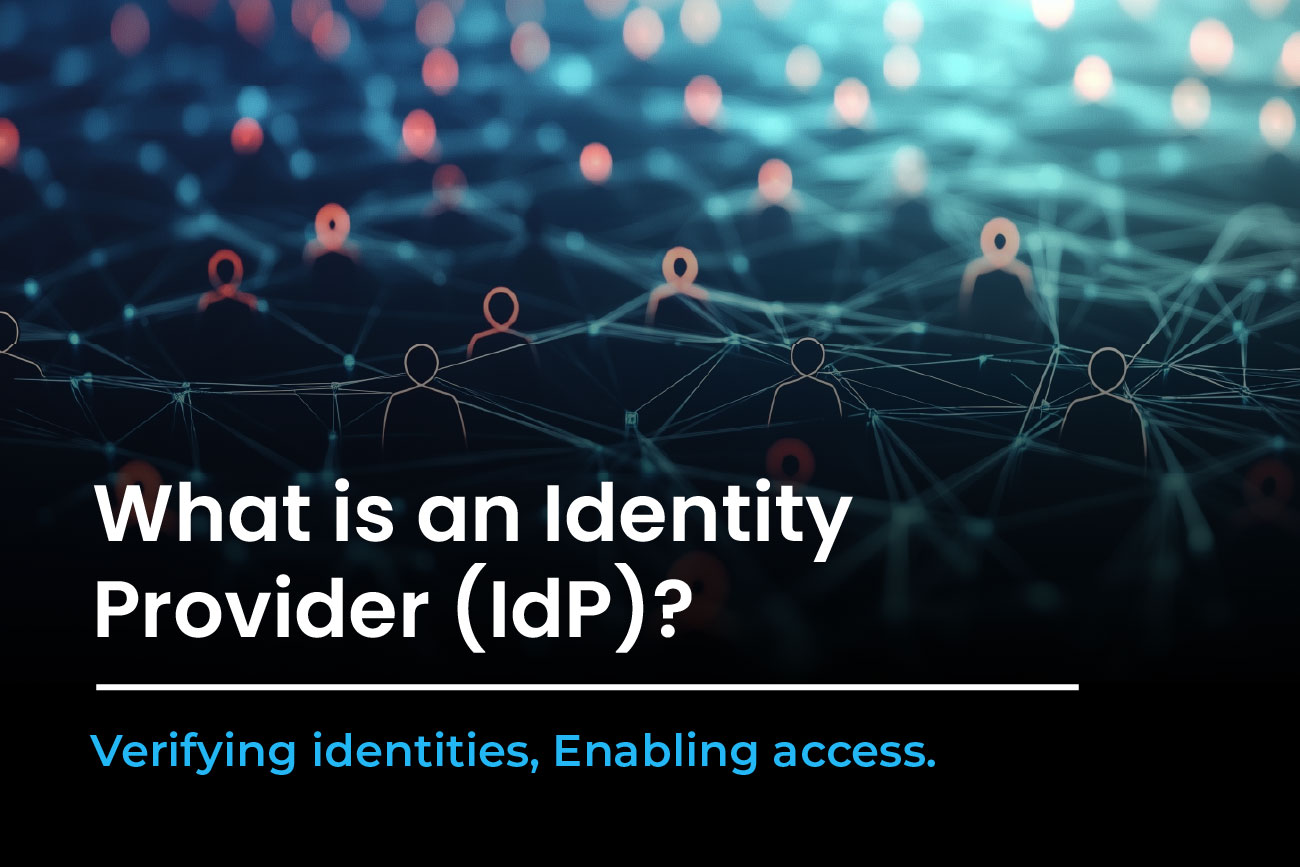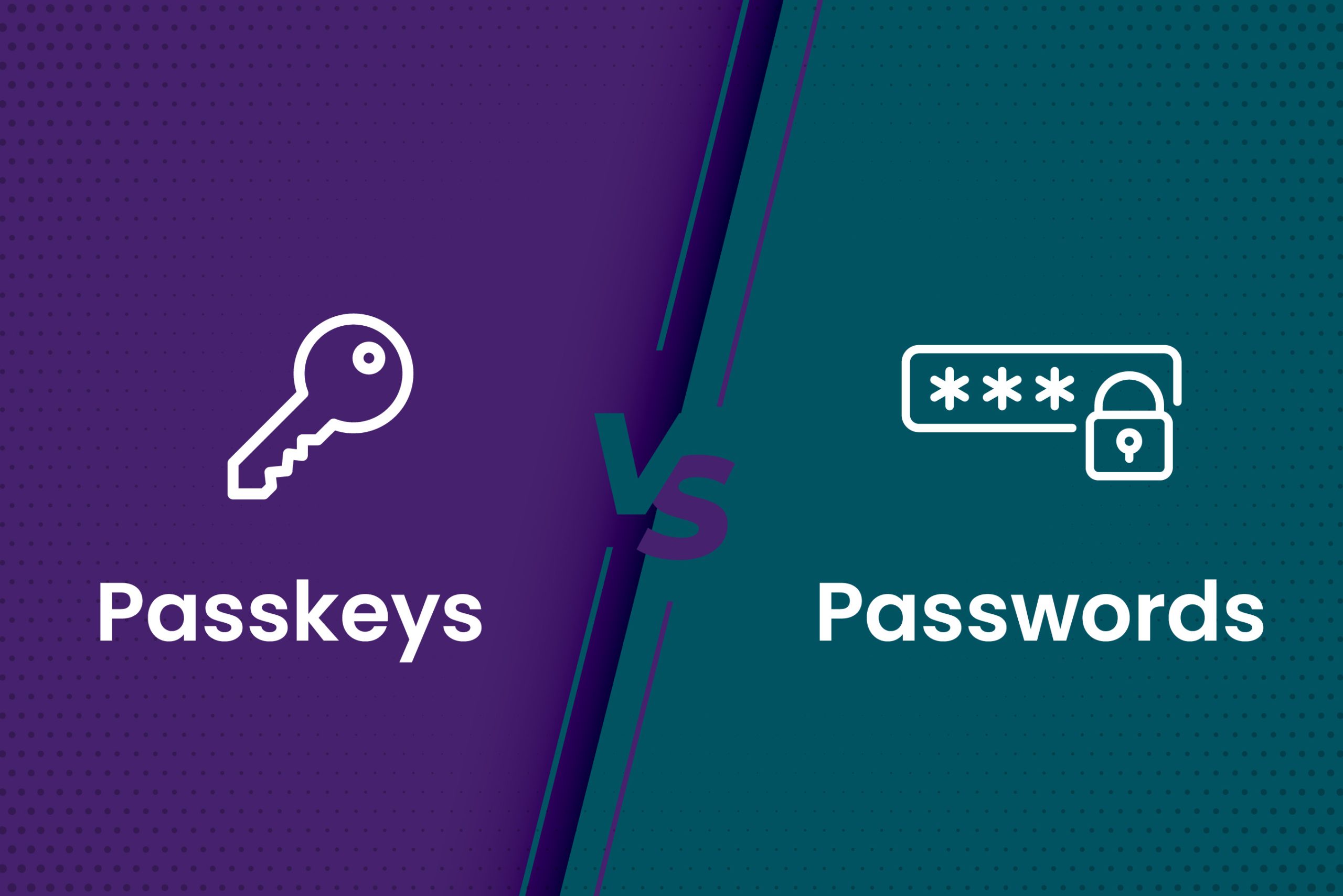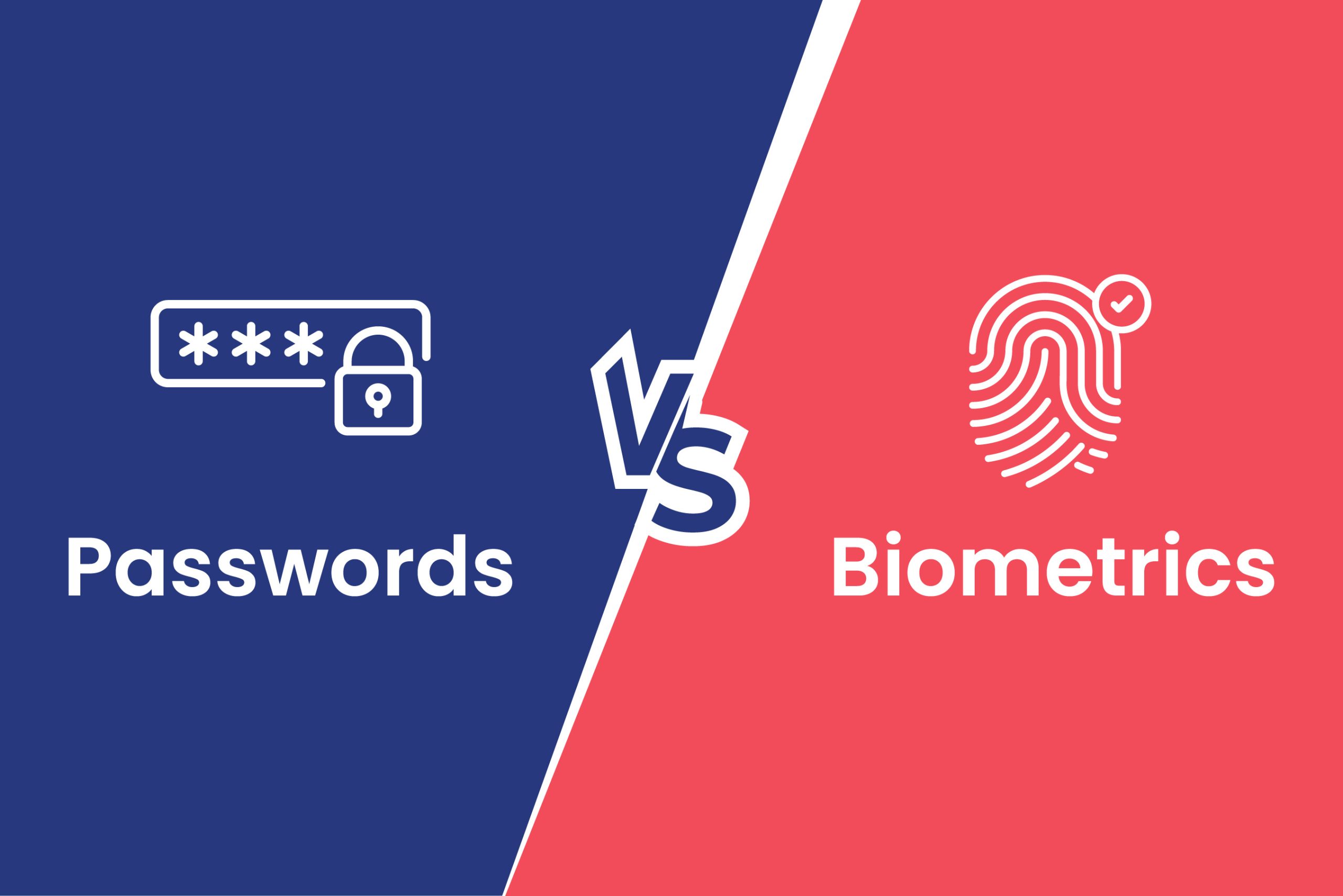Have you ever felt like you needed a dozen different passwords just to get through the day? In fact, a recent survey by NordPass revealed that the average person now manages 168 passwords, a significant jump from just 100 in 2020. In a world where we’re constantly signing in, verifying identities, and attempting to keep track of our digital lives, Identity Providers (IdPs) are the unsung heroes who make things a little easier.
But what is IDP, and why should you care? Let’s explore how these digital gatekeepers are changing how we effortlessly and securely access everything, from our most valuable data to our favorite apps.
What is User Identity?
User identity refers to the unique set of characteristics that define a person or entity in the digital world. But how does a system ensure that you are who you say you are? This is where authentication comes in. To verify a user’s identity, systems rely on what are known as “authentication factors“. Think of these as the digital equivalent of showing an ID card—except that they come in three forms:
- Something You Know: This is the most familiar to most people—a password, PIN, or a security question answer. It’s something only the user is supposed to remember.
- Something You Have: This factor goes beyond knowledge, like a smartphone, a security token, or a smart card. If someone else does not have it, they will be unable to log in, even if they know your password.
- Something You Are: This component uses biological characteristics such as facial recognition, voice recognition, fingerprints, or even retinal scans. These are the physical components that give you your distinct identity.
When a system employs more than one of these elements, it adds an additional layer of protection, known as Multi-Factor Authentication (MFA). By integrating several factors, MFA makes it much more difficult for malicious actors to obtain unauthorized access by ensuring that sensitive data is only accessed after the identity has been fully confirmed.
What is an Identity Provider (IdP)?
An Identity Provider (IdP) is essentially the gatekeeper to your digital world. Digital identities, whether they belong to customers, employees, or devices, must be stored properly. Simply put, the IdP verifies that a user is who they claim to be before allowing them to use a service.
You’ve certainly used IdPs before without recognizing it. Consider checking in to a website with your Google or Facebook account. That’s the IdP doing its job: authenticating you with a few clicks. But it’s more than just convenience; it’s also about security.
Why Are IdPs Necessary?
As we now understand what is IdP, the next question is—why is it essential? Let’s face it, managing identities can be a nightmare. We’ve all experienced the frustration of juggling multiple passwords. So, why do IdPs matter?
- Password Fatigue: Think about how many passwords you have to remember. An IdP makes it easier by centralizing your login credentials into a single, secure hub.
- Simplified User Management: An identity provider SSO makes it easier to manage who has access to what, whether you’re working with customers, partners, or employees.
- Compliance and Security: Maintaining robust security is a must, not an option. By offering tools for assessing and putting strict access controls in place, IdPs help businesses adhere to regulations like GDPR and HIPAA.
- Scalability: As the organization grows, so will the demand for complex identity management. IdPs make scaling easy, automating many of the tedious tasks that come with adding new users.
These are just a few of the reasons IdPs are so crucial to modern business operations. But how do they actually work?
How Do IdPs Work?

It’s all about simplifying access without compromising security. Here’s a quick overview of how the process typically works:
- A user attempts to log in to a service.
- The IdP authenticates the user by verifying their credentials.
- Access is granted after the IdP confirms with the service provider.
Industry-standard protocols like OAuth, SAML and OIDC make the procedure easy. The security of communication between the IdP and service providers is guaranteed by these protocols. We regularly observe this work in action. Google SSO allows users to access multiple services without having to make new accounts or remember new passwords. This becomes crucial as businesses grow and need to scale their identity and access management.
Types of Identity Providers (IdPs)
Identity Providers (IdPs) vary in the type of authentication and services they provide. Below are the common types of IdPs, each offering distinct benefits:
1. Social Identity Providers
These IdPs allow users to log in to applications using their existing accounts from popular social platforms.
Examples: Facebook, Google, Twitter, LinkedIn
Use Case: Ideal for consumer-facing applications or platforms where users may prefer convenience over setting up new accounts. These IdPs simplify the registration and login process by leveraging social logins.
2. Enterprise Identity Providers
Used primarily by businesses to manage employees’ digital identities and access to internal resources.
Examples: Microsoft Azure AD, AuthX, Okta, OneLogin,
Use Case: Suited for enterprises to streamline internal user authentication, identity provider SSO, and manage access controls for employees, contractors, and partners.
3. Federated Identity Providers
These allow users to access multiple systems or platforms using a single login without needing to manage separate credentials for each service.
Examples: Google Workspace, Microsoft Active Directory Federation Services (ADFS)
Use Case: Beneficial for organizations that require cross-platform access while maintaining a unified identity management system.
4. Government Identity Providers
These are used to manage and authenticate users for governmental services and applications, often with enhanced security and compliance measures.
Examples: Login.gov, Gov.uk Verify
Use Case: Ideal for citizens to access government portals, such as tax filing systems, social security benefits, or healthcare services.
5. Biometric Identity Providers
Utilize biometric data, such as fingerprints, facial recognition, or retina scans, for authentication.
Examples: Apple Face ID, Windows Hello
Use Case: Increasingly used for personal devices and high-security applications where traditional passwords are less secure.
Business Problems Solved by IdPs
IdPs solve a host of common business problems. Here’s what we’ve observed in our experience:
- Password Fatigue: If you’ve ever had to reset your password for the fifth time this month, you know the struggle. An IdP centralizes credentials, cutting down on password fatigue.
- Overloaded User Management: Managing access for hundreds, or even thousands, of users can become overwhelming. IdPs simplify this process, making it easier to manage who gets access to what.
- Compliance & Auditing: Staying compliant with security regulations like GDPR or HIPAA can feel like a full-time job. IdPs help by automating compliance processes and generating audit logs for easy review.
- Siloed Data: Keeping user data in separate systems creates inefficiencies. IdPs centralize all that data in one place, helping streamline your entire operation.
We have observed how these solutions significantly improve our clients’ workflows. It’s about improving your complete security strategy, not just about cutting down on hassles.
Identity Providers (IdPs) and Service Providers (SPs)
| Aspect | Identity Providers (IdPs) | Service Providers (SPs) | |
|---|---|---|---|
| Primary Function | Manages user authentication and identity verification | Provides services or platforms users interact with | |
| Role in Access | Verifies user identity using authentication factors (e.g., username, password, biometrics) | Grants access to services after successful authentication | |
| Examples | Google, Facebook, Microsoft Azure, AuthX | Spotify, Dropbox, Office 365, Salesforce | |
| User Interaction | Occurs during the login process or authentication | Occurs after authentication when accessing the platform/service | |
| Data Managed | User credentials, authentication tokens, and identity info | User data related to the specific service (e.g., files, content) | |
| Focus | Security, identity management, and access control | Service delivery and user interaction with the service | |
| Integration | Integrates with multiple service providers for authentication | Relies on IdPs for secure authentication of users | |
| Security Role | Ensure secure login through mechanisms like MFA | Relies on IdPs to verify and control access to resources | |
| Customization | Often customizable for different authentication models and policies | Customizable in terms of content or services offered |
Key Features of Identity Providers

The best IdPs come with a variety of powerful features. Some of the most crucial include:
- Single Sign-On (SSO): This feature enables users to access multiple services with just one login and without having to enter their credentials again.
- Multi-Factor Authentication (MFA): An extra security measure that asks users to submit several different forms of verification.
- Access Control & Authorization: Using user roles and permissions, access control and authorization regulate who has access to what resources.
- Audit Trails & Reporting: By monitoring access and activity, these logs offer transparency and help businesses in maintaining compliance.
Make sure an IdP has these key characteristics while evaluating it. Trust us – your future self (and your security team) will thank you.
Why Choose AuthX?
Why should AuthX be your IdP of choice? The answer lies in what sets us apart. At AuthX, we offer tailored solutions, providing adaptable identity management systems designed to meet the unique needs of your organization. Through the use of well-known protocols like SAML and OAuth, our platform guarantees simple integration, enabling smooth communication with a variety of service providers.
With features like end-to-end encryption, Adaptive Authentication, and Multi-Factor Authentication (MFA), security is our first concern at every level. Also, AuthX provides scalable solutions that expand with your business, no matter the size it is, and offer consistent support as your requirements evolve. Businesses that employ AuthX often claim notable improvements in security and user experience. We understand that simplifying processes and improving everyone’s quality of life are more important than merely protecting data
Conclusion
Identity Management doesn’t have to be a hassle. What is IdP if not a solution to simplify and secure user access? AuthX eliminates the uncertainty associated with user identity and access management by providing a simple, safe, and scalable solution. We can assist you in navigating the complex world of digital identity.
Ready to make the switch? Let’s get started with AuthX today.















